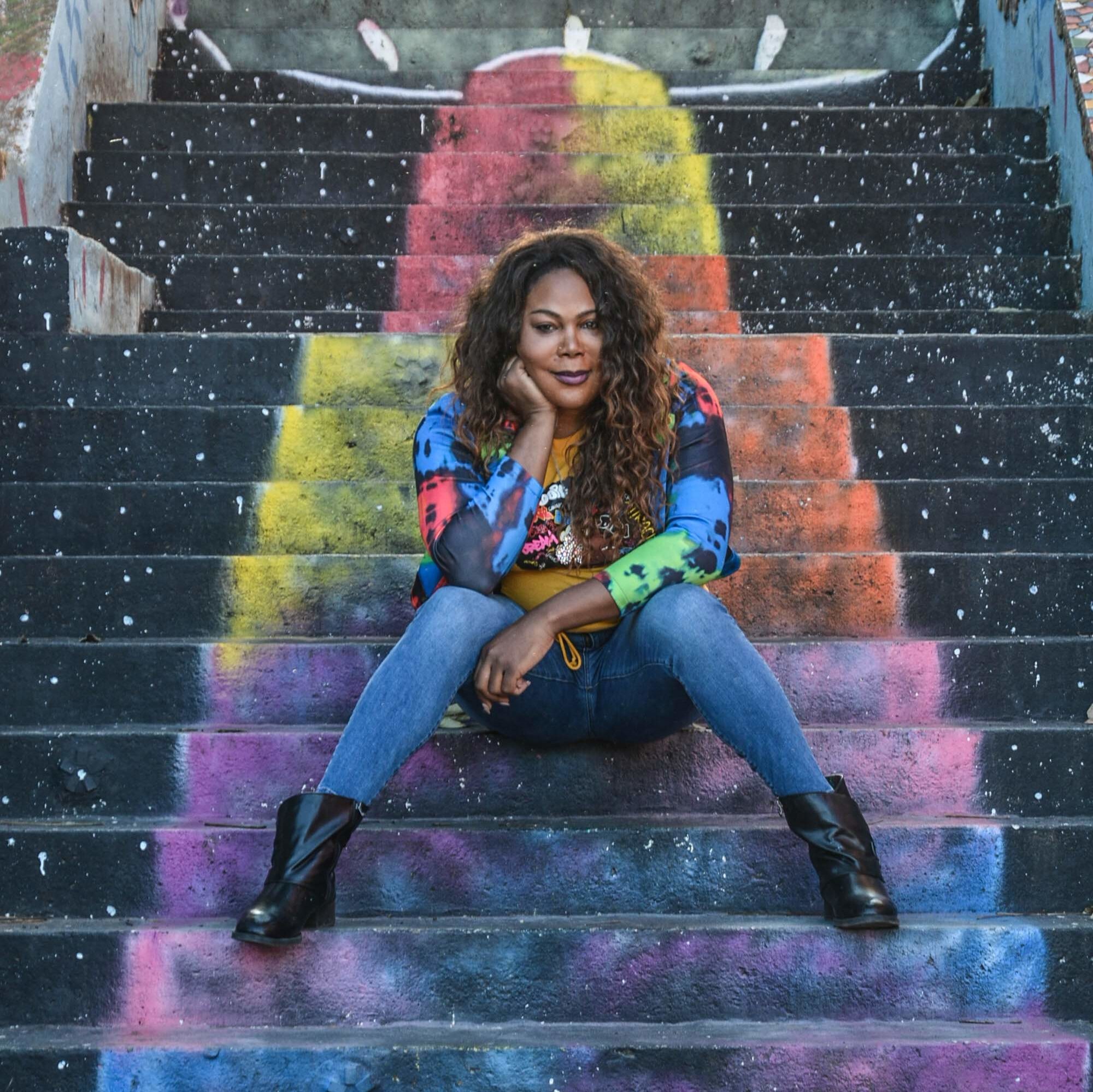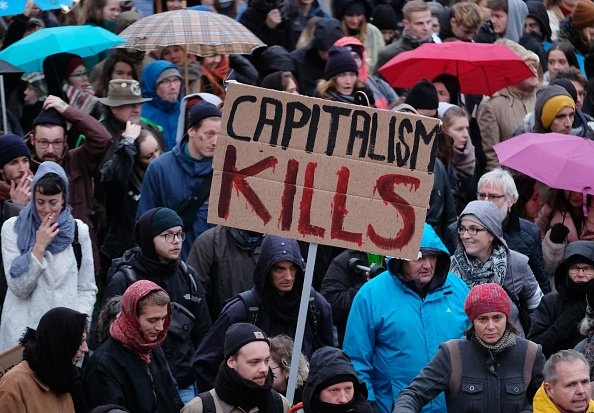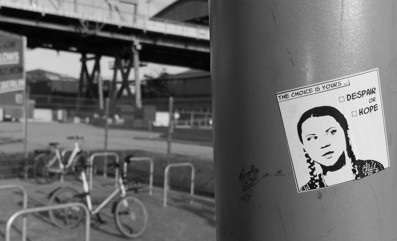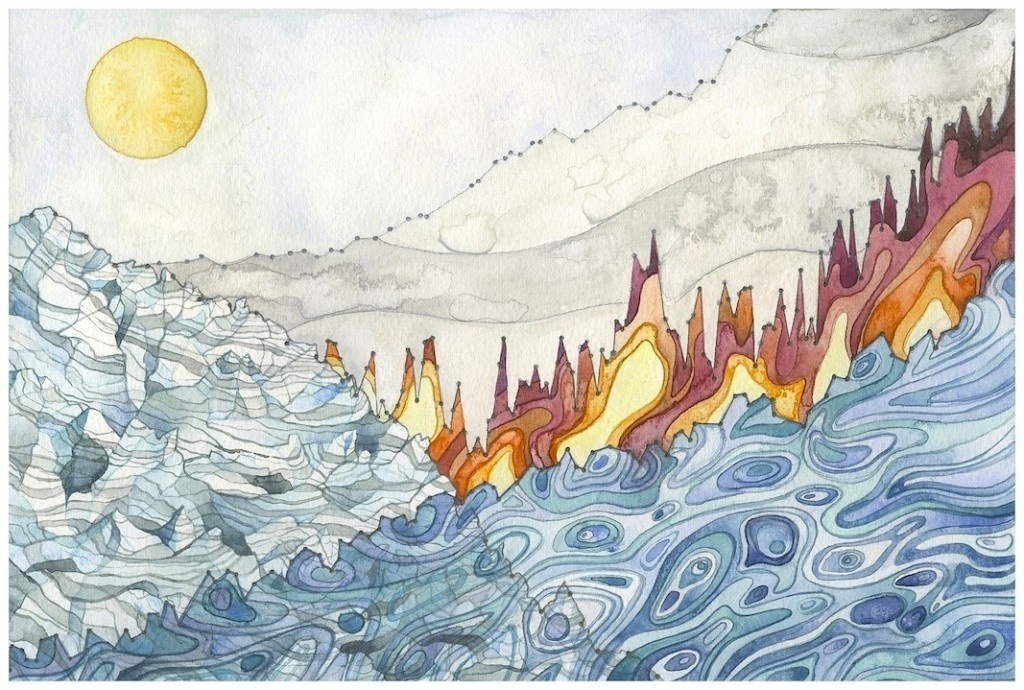
During a Pandemic, Young Climate Activists Rally for a Future

Climate Connections: Climate Change and Coronavirus Could Have Similar Solutions

Visionaries Project: Ebony Ava Harper on Radical Inclusivity and Intersectionality

Extinction Rebellion Protests Black Friday in NYC

New York City Welcomes Teen Climate Activist Greta Thunberg

The Amazon Is On Fire: Here’s What You Can Do

